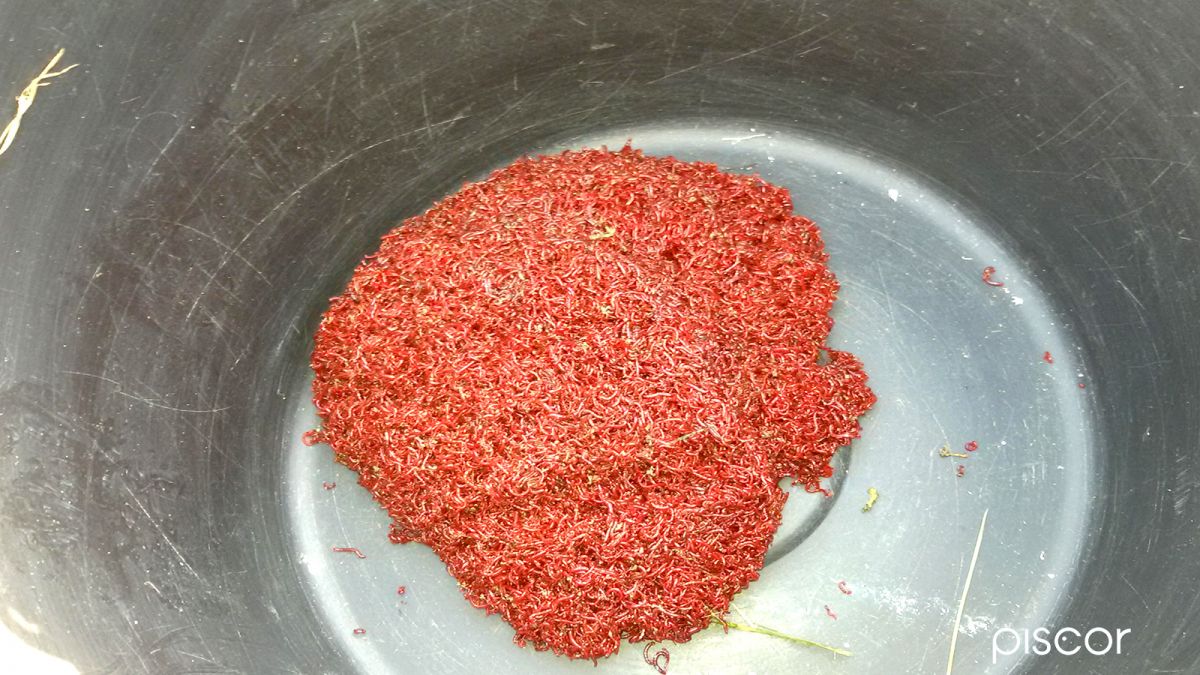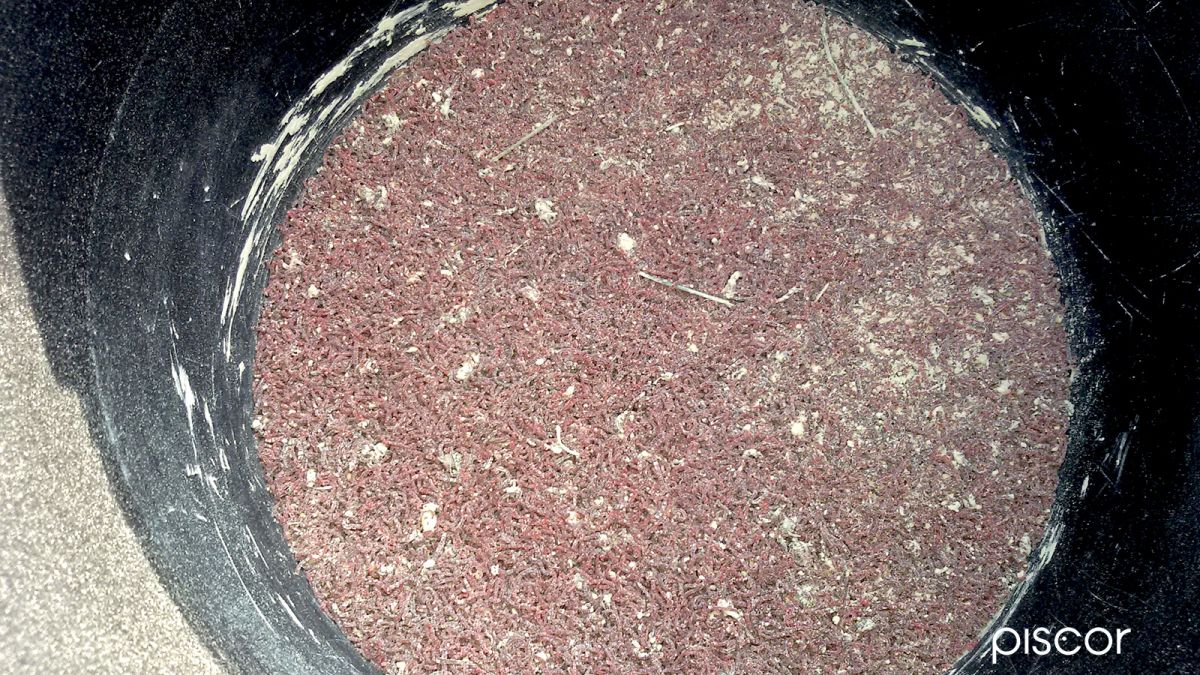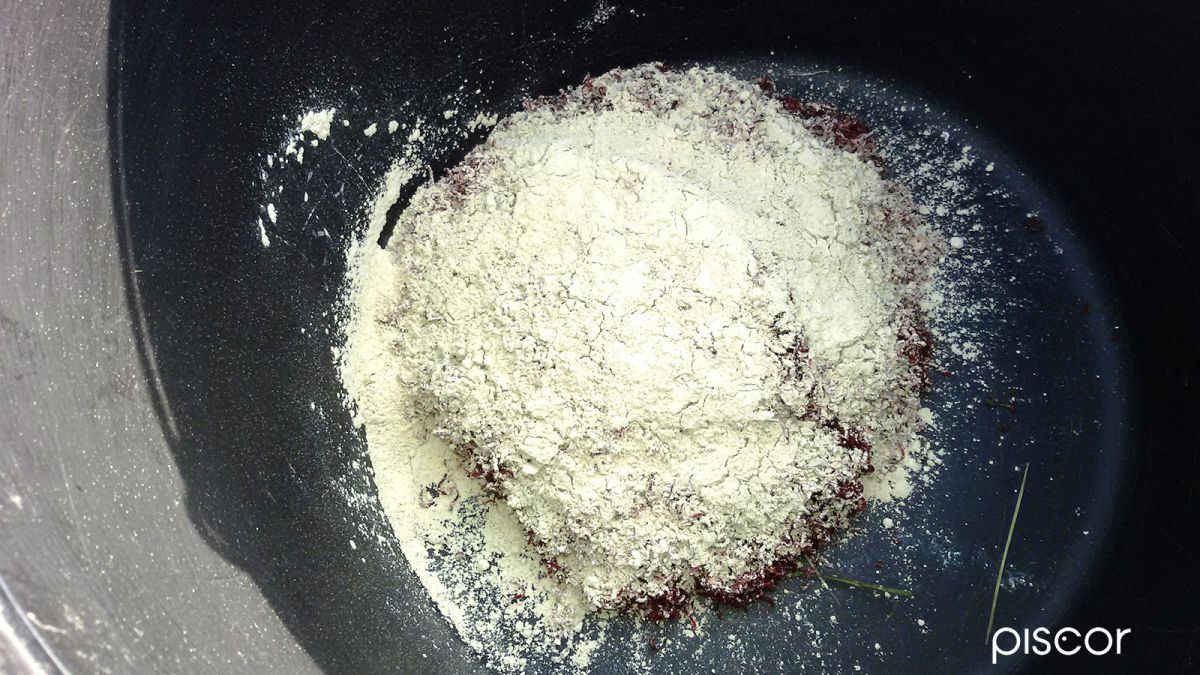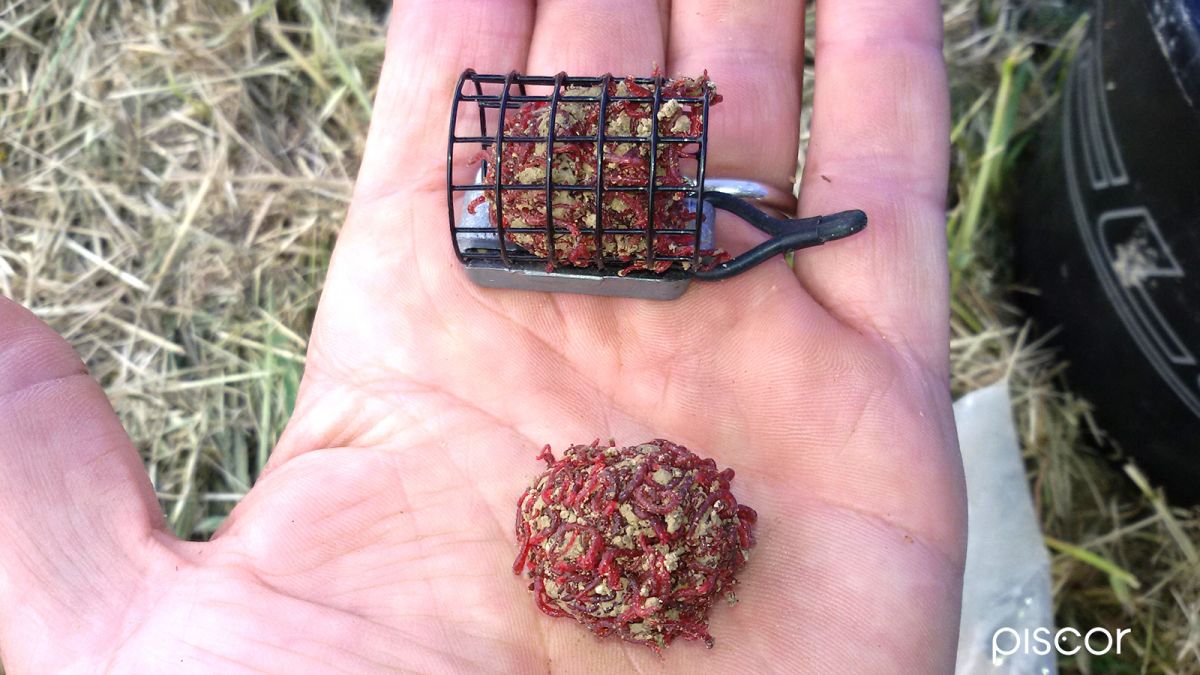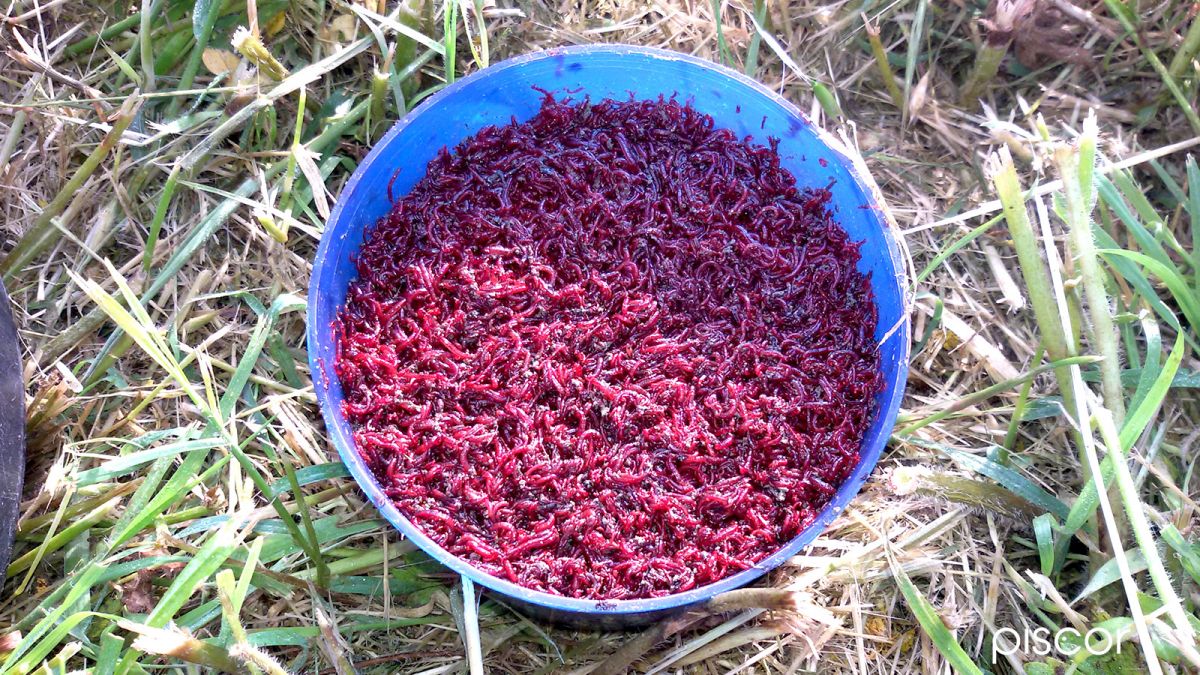For years cross and delight, exclusive prerogative of the coarse fishing angler, fouilles and ver de vase, for some time now, have also made their appearance in the world of feeder fishing, especially since numerous competitions at high levels are held on fish such as breams.
What is this about? Ver de vase is nothing more than a larva, who lives wherever there are clean waters, not very cold and with very little or not current at all. It looks like a small worm with a ruby red color that is very lively when immersed in water. In the fishing phases it is used exclusively as a trigger.
Also the fouilles is a larva, but lives in waters decidedly more dirty and rich of organic sediments that it uses for its nourishment. Also the fouilles is very lively in water, it is of the same colour of the ver de vase, but it is decidedly smaller and for this reason it is utilized for the phases of pasture mixed with dry leam, of shore or with the more known bentonite.
We began by saying "cross and delight" because both are very difficult to use, especially for novices, and a mistake in the doses or preparation, often and willingly, rather than facilitate fishing give the opposite effect.
In the following paragraphs we will see how to prepare it and how to use it.
The Fouilles
The fouilles is sold to us in half-liter or, at most, one-liter packs and is kept, still "glued", inside wet newspaper sheets and kept cool.
In competitions where its use is allowed, usually is made the check bait and consequently, the first operation that we will have to make, will be to transfer it, with great delicacy, from the sheet of newspaper inside the special matryoshka. Only after the end of the control operation, as for all other types of baits, we can go and work on it.
Let's take a normal graduated bucket in which, usually, we work our flour, and always with careful delicacy, let's slide into the mass of fouilles still very slimy and sticky.
At this point, equipped with a bag of bentonite, a sort of very fine and dehydrated soil commonly available on the market, we dust our fouilles with about thirty grams of the above powder for half a liter and wait a few minutes.
The larvae, little by little, simply by means of their movement, will begin to sprinkle themselves with bentonite which, immediately, will go to dry the "sticky" part and will cause the initial shapeless ball to turn into a soft carpet of single little worms well divided between them and decidedly more lively than before.
A couple of quick rotating movements of the bucket in order to disconnect the last larvae and that's it, now it's up to us to decide how to do the baiting.
Pasture phases
Given its very small size and its innate propensity to climb from the bottom up and its delicacy, it will not be easy to decide how to convey in water in precious fouilles to make it really attractive.
The most common ways are two: loose in pasturage and with balls glued with bentonite. In the first case, from launch to launch, we will simply take a pinch and insert it into the feeder mixed with the flour.
This operation must be done from time to time and without crushing the pasture in a decisive manner because, given their nature, they deteriorate very quickly in contact with acid substances (pasture) and especially burst and become unusable if compressed decisively.
The use of bulk fouilles is preferable for fishing in spots where small fish abound and the number counts more than the size. If, on the other hand, our bait is intended for a few fish and much more substantial, we will have to go to wet with the dispenser the mixture of fouilles and bentonite in order to create small balls of compound (similar to pongo), which we will throw through the feeder where we decide to fish.
With this system, the larvae, forced into the ground, will not be able to move freely and it will be the fish that will have to disintegrate our balls to release the food, a peculiarity of the fish a little more of a good size.
Ver de vase
Let us now move on to the trigger and, as a result, to the ver de vase. Slightly larger than the fouilles, it adapts better to the triggering operations, but it too must be worked with extreme care and delicacy.
During fishing, it should be kept in a container with fresh water that we will replace from time to time and should be triggered on a hook from 18 to 22 with a thin stem in order not to damage the vitality. In most cases it is preferable to use several lines at a time.
If the fishing is long and the power of the launch tends to deteriorate the trigger, it is always better to match three or four ver de vase lines to a very small worm or to a maggot.
This easy trick will allow us to go fishing with a bait, even if the delicate larva is torn or deteriorated during the launch.


